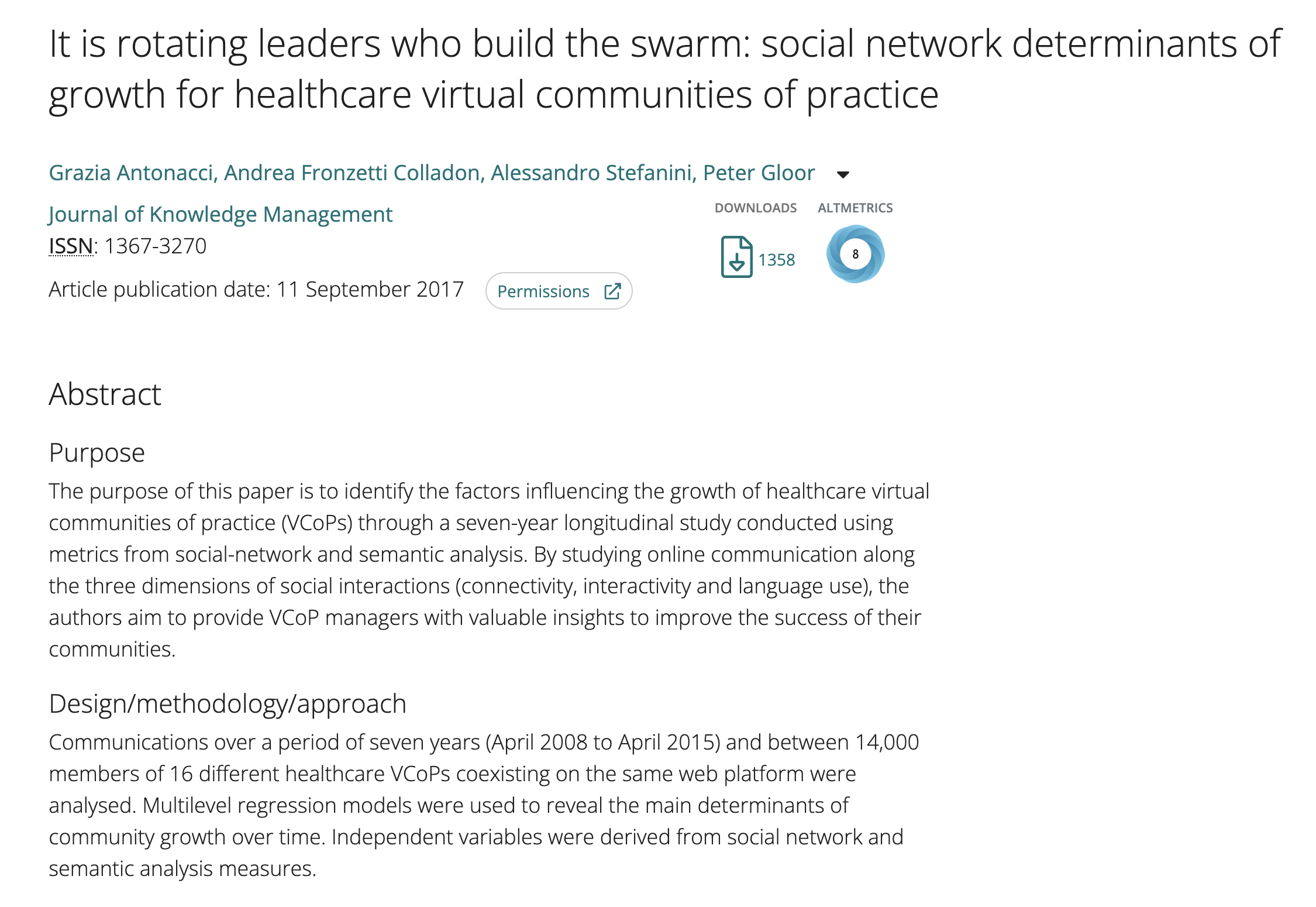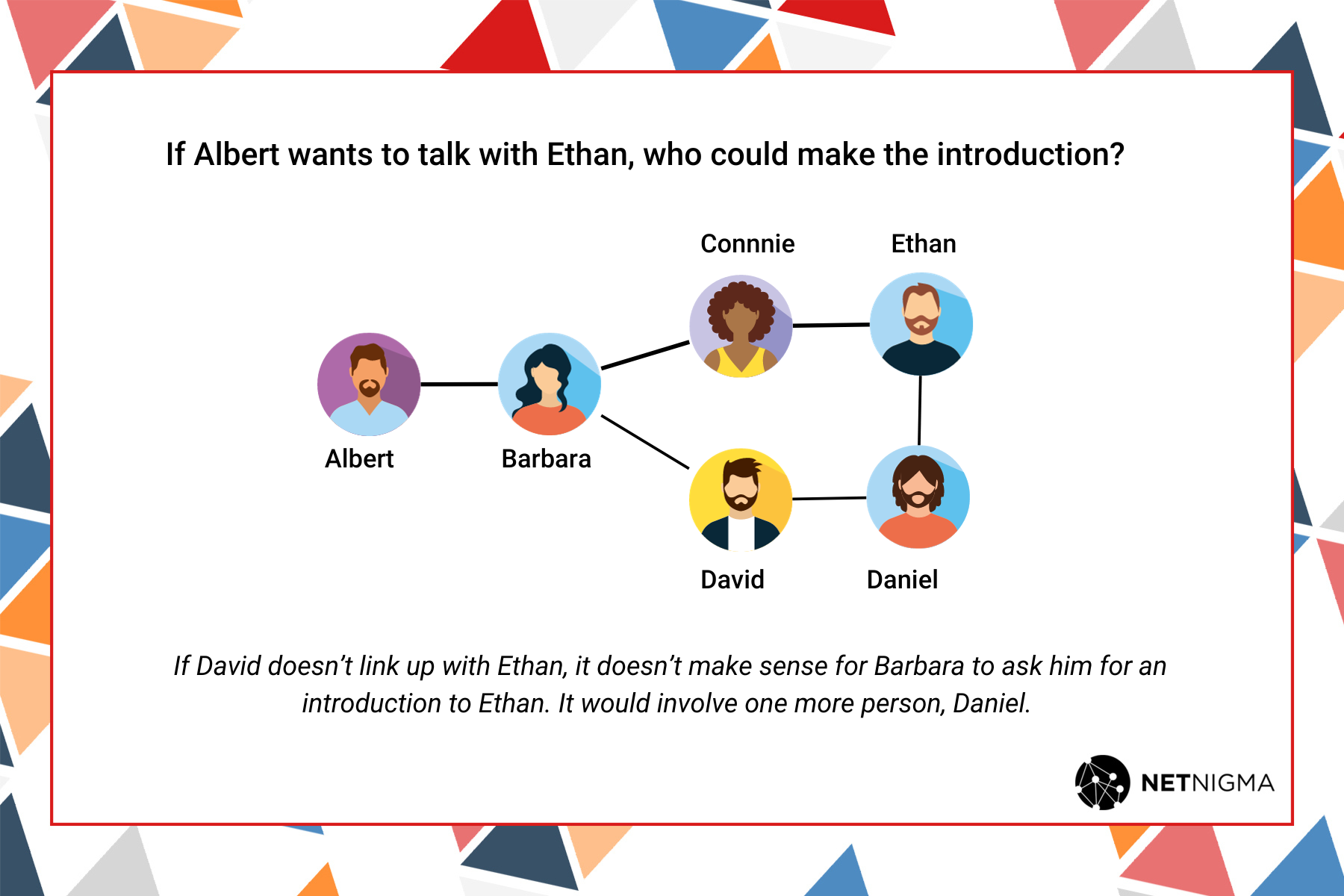Shut up!
Changing who facilitates a conversation can have a huge impact on your community growth.
It started with a simple tweet on emergent leaders in communities. Nothing mind-blowing, just a crisp summary of research on how to create a growing online community. It's one of those few research articles that are fascinating. Not thanks to their neat theoretical framework but because of their fine-tuned methodology. A beauty!
But what was evident to me made others wonder. I forgot that not everyone has one foot in the scientific world. And so, while having my first coffee, I unpacked the tweet.
Groups without emergent leaders do not grow into communities. They start & stay small. They go stale in content as people don't see how the community can help them grow. Their participation drops. pic.twitter.com/J1L8eVsNqI
— Katerina (💫,💫) (@katerinabohlec) October 10, 2023
What the research was about
The research was done in 16 virtual communities of practice for health professionals. Data was collected between 2008 and 2015. The 19.000 forum participants had different roles in the health care systems and came from other countries. This wasn't your new and upcoming community of AI prompt engineering but real participants from an established profession, working in a chronically underfunded, understaffed, overworked, and risky field.

Open access version of article: https://arxiv.org/abs/2105.12659
The goal of the research was to figure out what aspects of social relationships predict community growth. Of course, personal characteristics and the deployed technology play a role, but these were not included in this study.
The variables for this research were part of three buckets:
- use of language (sentiment, complexity, intensity)
- connectivity (experts with central positions), and
- interconnectivity (rotating leaders/experts, past activity).
While the results around language are fascinating (drop the jargon!), I was more interested in the results of rotating leadership from the interconnectivity group. In those investigated virtual communities of practice, a community grew more when the group of prominent leaders changed over time.
Unpacking this further: For each community member, the researchers calculated a specific measure of influence. This influence metric captures how quickly a person can send a message to another person with whom they do not have a direct link.
Imagine this setting: Albert, Barbara, Connie, David, and Ethan are in the same community. Albert talks with Barbara, who speaks with Connie and David. Connie and David talk with each other and with Ethan. Ethan only talks with Connie and David.

If Albert wants to be introduced to Ethan, he needs to ask Barbara if she knows someone who knows Ethan. Barbara then has to decide if she should ask Connie or David for an introduction to Ethan. Who Barbara will pick — and what factors play a role — go way beyond this article. But the point is that the fastest way for Albert to get a message to Ethan is via Barbara/Connie or Barbara/David (assuming Connie and David are equally likely to make the warm introduction).
We network scientists talk about steps here: it takes Albert three steps to reach Ethan. Extending the example, if David didn't speak with Ethan but connected with Daniel, who had a connection with Ethan, the link between Albert and Ethan via David would be four steps (Barbara, David, Daniel). In that second example, it would take more steps. Consequently, David would have less influence than Connie and Barbara. Connie and Barbara are on a direct path between Albert and Ethan and hence have more power.

If you often fly long distances, you can replace influence metrics with airport stops. You get the picture. You don't want to be traveling 36 hours and change 5 times, when you could reach your destination in 12 hours with just one stop..
The research showed that when these influential people rotate, thus becoming influential in one year and then dropping in influence the year after, the community is more likely to grow. The theoretical reason for this is that rotating leaders (aka a democratic leadership) is supposed to:
- increase engagement thanks to distributed roles
- increase the perceived value of joining the community as the community is seen to be more creative and innovative
So what do I mean by "shut up"?
The term leader is used here in a broad sense. It's about leading a conversation. You could also call it facilitating. It's not being a big-L leader, like a president. It’s being a lowercase-L leader, like we all are — or should be — once in a while. It's about allowing others to recognize one's expertise and experiences by being the person who answers questions, introduces new topics, shares resources, connects people, or guides a project to completion.
And that's why I called for community managers to ask active members to shut up occasionally. Most people find silence awkward. That also applies when a question is asked online, and nobody answers. Someone is going to feel restless and offer a reply.
Nowhere in the research did the community manager tell people to “shut up, talk less and listen more”. It's also not clear if these rotating leaders were appointed or if they emerged. When tweeting, I assumed these new experts emerged from within the community. They became leaders thanks to their behavior and were not speaking up just because they’d been assigned to do so. But for a new person to speak more, there needs to be space for this new voice.
In online communities, space is limitless but the time and attention of participants is not. If I spend more time reading posts on the farcastHER channel, I will naturally neglect another channel (or something else) as my attention is finite. Thus, a new voice can only become a new leader if others notice them. If not, they are just a lone nut shouting from the digital rooftop.
Letting new members emerge as leaders is a more natural and organic process. However, this doesn't mean you don't have to facilitate it. You can have open applications for specific roles. For example, Radar and Boys Club periodically let members apply for more active roles in the community.
Why do I think rotating leaders is important?
Opportunity. Yes, just that one word. Rotating leaders signal to others that in this community, opportunities are available to all. At the same time, by being in a leadership position, the person can bring a project to reality. This can be something tiny, like organizing a talk with their favorite person, or something larger, like creating an educational series or setting up a grant program.
A community with rotating leaders signals to the world that this community is open to fresh voices and ideas. It's not a stale club where only old-timers have a say but a place where people can grow and realize their dreams.
Did you experience such a form of leadership in an organization or community? Would love to hear about it!